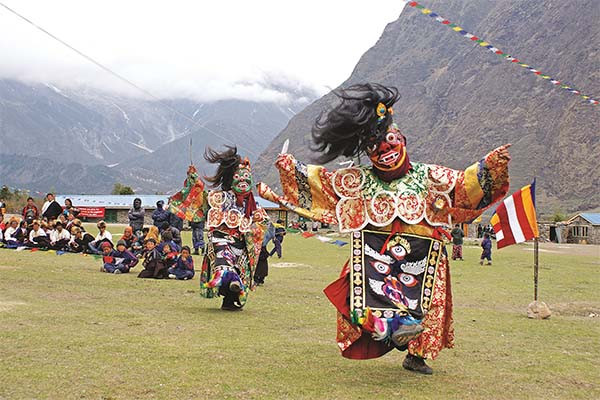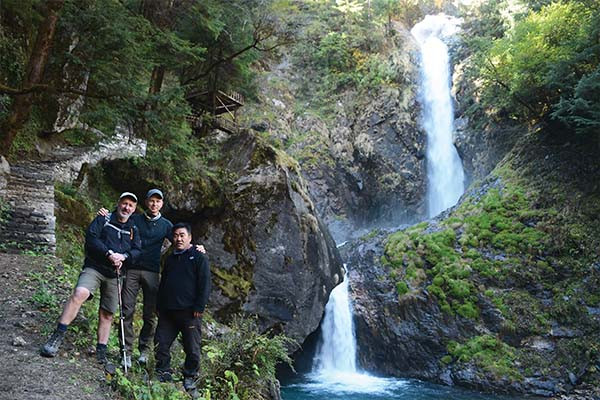Sparkling Manaslu: Nepal's Hidden Himalayan Gem
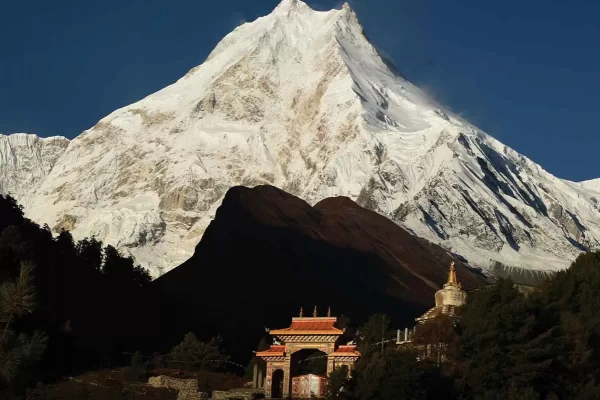
The Manaslu region is an appropriate site for studying Himalayan beauty and Bhote culture. The experiences of the Manaslu trek can become lifetime memories. The number of trekkers in Manaslu is increasing as more tea houses have been developed in the last decade. Hotels and restaurants with facilities catering to the needs of the tourists are being added at various stoppages of the trekking route.
Manaslu (8,163 meters) is the eighth-highest mountain in the world. It is a popular tourist destination, and hundreds of climbers reach the summit every year, while thousands of trekkers walk closely to experience its beauty.
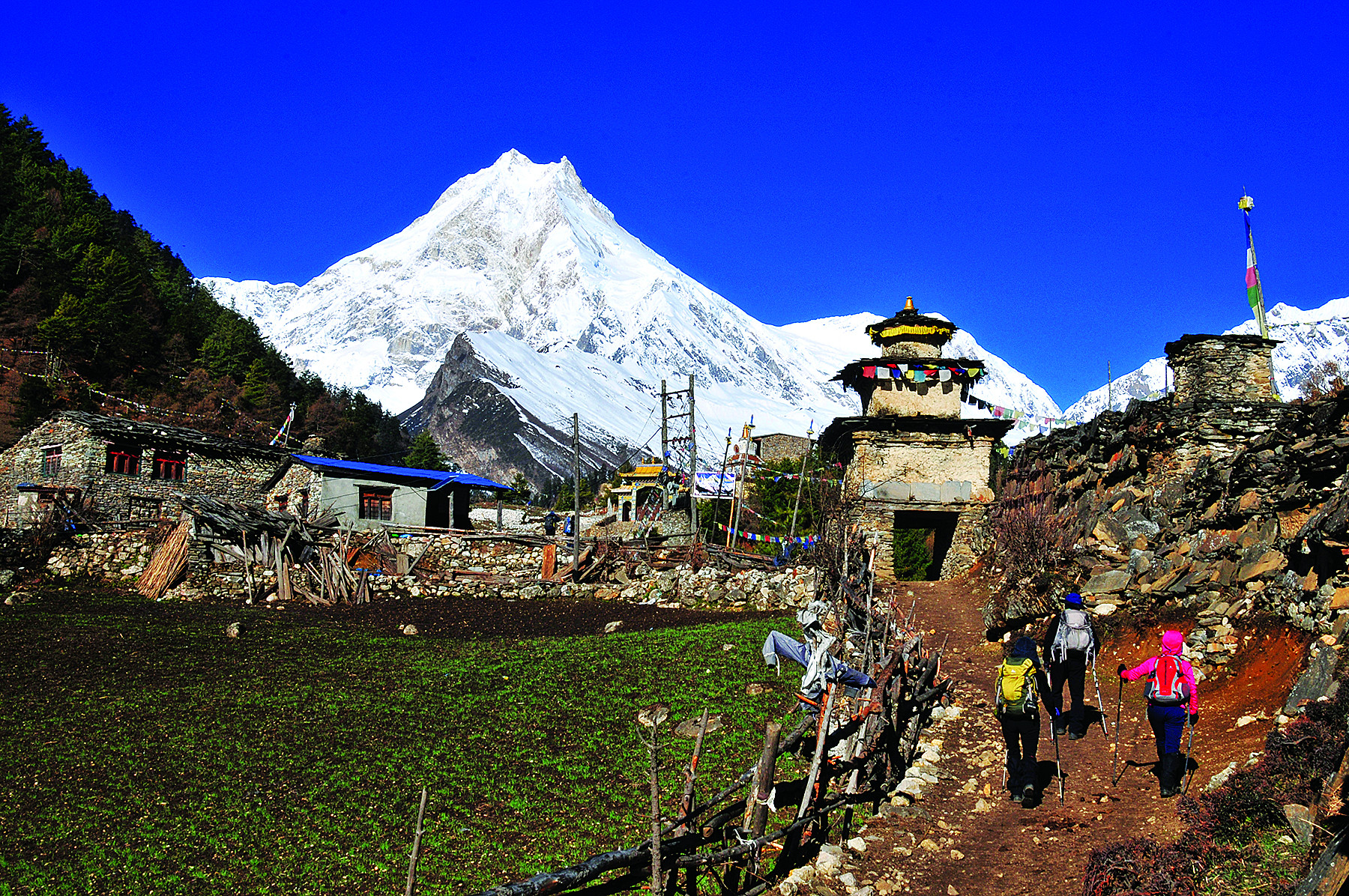
Mountaineering requires a healthy body, self-confidence, courage, and skill. It is expensive too! Climbing mountains also boosts self-confidence. Even when you reach the bottom of the mountain, the body and mind are recharged. For this reason, an increasing number of trekkers are attracted to the Manaslu circuit trek.
The Manaslu region is an appropriate site for studying Himalayan beauty and Bhote culture. During the Manaslu circuit trek, trekkers can enjoy the beauty of lakes, medicinal herbs, and other biodiversity, as well as panoramic views of the mountains, including Sringi Himal (7,187 meters), Himalchuli (7,893 meters), and Nyadichuli (7,871 meters).
The major section of the trekking route falls under the Manaslu Conservation Area Project (MCAP). The Manaslu region includes Nubri Valley and Tsum Valley. Nubri Valley consists of Prok, Bihi, Lho, and Samagaun, while Chumchet and Chhekampar are in Tsum.
"There is a policy of spending twenty-five percent of the royalty collected from the mountain in the respective region. However, the royalty from Manaslu Himal is not given to our village. I urge that the royalty be sent directly to the village."
- BIR BAHADUR LAMA Tourism Entrepreneur
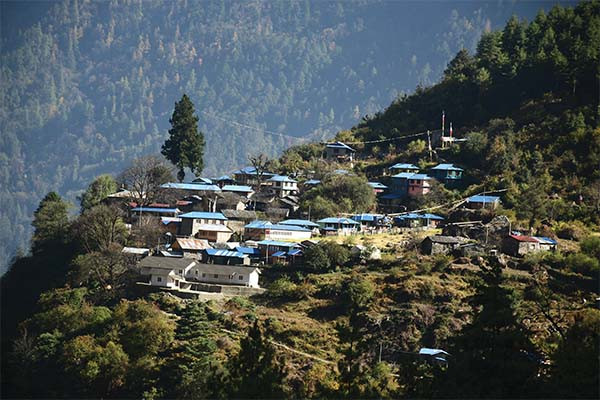 MCAP begins at Jagat. The government implemented MCAP in 1998 to conserve biodiversity by incorporating seven former VDCs of Northern Gorkha, including Prok, Bihi, Lho, Samagaun, Chumchet, Chhekampar, and Jagat. At present, these villages have been merged to form Tsumnubri Rural Municipality.
MCAP begins at Jagat. The government implemented MCAP in 1998 to conserve biodiversity by incorporating seven former VDCs of Northern Gorkha, including Prok, Bihi, Lho, Samagaun, Chumchet, Chhekampar, and Jagat. At present, these villages have been merged to form Tsumnubri Rural Municipality.
"Tourism and medicinal herbs can help improve the quality of life of the residents of the Manaslu region. A road is being constructed in Manaslu. It travels along the banks of Budhigandaki to reach Samdo village. We will develop a master plan to establish an alternative trekking route on the other side of the road."
- NIMA LAMA Chairperson Tsumnubri Rural Municipality
Manaslu is considered a sacred destination from the perspective of Buddhism. The region is inhabited by Bhote Lamas, who are all Buddhists. Padmasambhava (also known as Guru Rinpoche) and Saint Milarepa meditated there.
On the trek route, tourists find ancient monasteries and prayer wheels (mane). Lungdar and dharjyu flags bearing sacred Buddhist mantras are hoisted everywhere. So, it is possible to brand it as a ‘Buddhist trek’! The trek starts at Machhakhola in Gorkha, traverses Larke Pass, and concludes at Tilche village in Manang. The highest altitude of this route is Larke Pass (5,106 meters), which lies on the border of Gorkha and Manang.
From Machhakhola, tourists trek through the banks of the Budhigandaki River. They cross Jagat, Dyang, Namrung, Lho, Samagaun, Samdo, and Larke Bazar, witnessing different incarnations of Budhigandaki. After crossing the Larke Pass to Bhimthang, trekkers have to walk along the banks of Dudhkhola.
Earlier, hotels and lodges were not easily available. The number of trekkers in Manaslu has increased as more tea houses have been developed in the last decade. Hotels and restaurants with facilities catering to tourists’ needs are being added at various stoppages of the trekking route.
The Manaslu region shares a border with China. At China’s request, the government has kept Manaslu a ‘restricted zone,’ keeping in mind security sensitivities.
Tourists visiting Manaslu need to pay a hundred US dollars as a restricted permit fee for a week-long trek during the major tourist season from September to November. They have to pay 15 dollars for each additional day. During the off-season from December to August, they need to pay 75 dollars for a week and 10 dollars for each additional day. They need to pay an additional three thousand rupees to MCAP and the Annapurna Conservation Area Project (ACAP). These fees make Manaslu trekking a little more expensive.
China has opened up access to Manaslu from its side. If Nepal also provides complete access, Manaslu will see a surge in visitors. This decision can transform the future of the region. Local people’s demand to revoke the government’s decision to impose restrictions in this area seems justifiable.
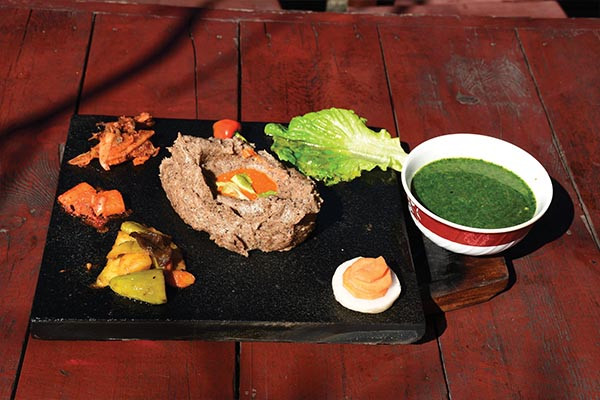
HOW TO REACH?
Those starting from Kathmandu complete the Manaslu circuit trek in 12 days. Those who wish to visit Tsum Valley will need an additional eight days. Those who want to visit Tsum Valley alone from Kathmandu can do so in 12 days. The distance from Kathmandu to Machhakhola via Thankot, Dhadingbesi, and Sotikhola is 155 kilometers. It takes around seven hours on a bus. Then, the trekker has to walk to Tilche village of Manag. One can return from Tilche to Kathmandu crossing Dharapani and Beshisahar. The distance from Tilche to Besisahar is 55 kilometers. Kathmandu is 173 kilometers drive from Besisahar.

